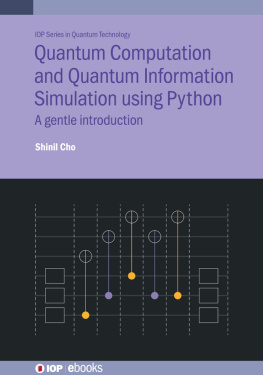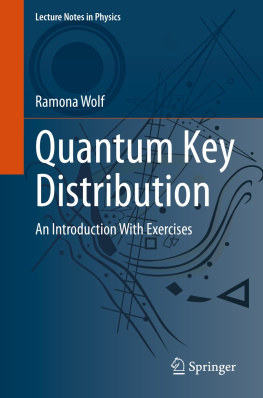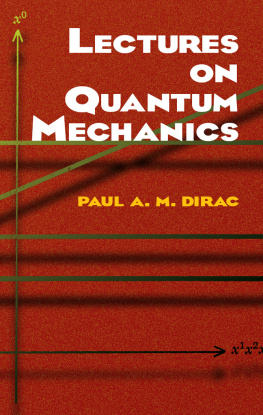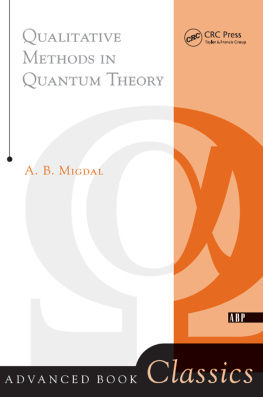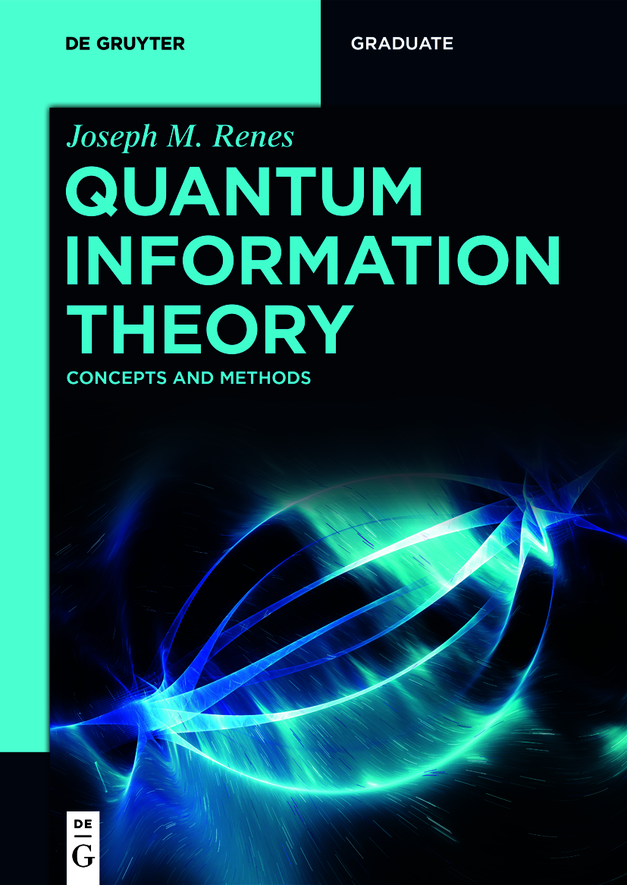De Gruyter Textbook
ISBN 9783110570243
e-ISBN (PDF) 9783110570250
e-ISBN (EPUB) 9783110570328
Bibliographic information published by the Deutsche Nationalbibliothek
The Deutsche Nationalbibliothek lists this publication in the Deutsche Nationalbibliografie; detailed bibliographic data are available on the Internet at http://dnb.dnb.de.
2022 Walter de Gruyter GmbH, Berlin/Boston
To my family
The composition of this book has been for the author a long struggle of escape, and so must the reading of it be for most readers if the authors assault upon them is to be successful,a struggle of escape from habitual modes of thought and expression. The ideas which are here expressed so laboriously are extremely simple and should be obvious. The difficulty lies, not in the new ideas, but in escaping from the old ones, which ramify, for those brought up as most of us have been, into every corner of our minds.
John Maynard Keynes, The General Theory of Employment, Interest and Money, 1936.
The great thing about physical intuition is that it can be adjusted to fit the facts.
Roger Penrose, quoted in Quantum Field Theory by Mark Srednicki.
Preface
Like many such endeavors, this book evolved out of lecture notes for a master level course on quantum information theory that I have given several times at ETH Zrich and at the Technical University of Darmstadt. The main goal of the book, as with the course, is to understand in detail some of the fundamental limitations and possibilities of information processing with quantum-mechanical information carriers. The particular focus is on communication and cryptographic tasks, leaving computational issues for another day.
In outlook and aims, this book is very much inspired by Asher Peress Quantum Theory: Concepts and Methods and John Baez and Javier Muniains Gauge Fields, Knots and Gravity. Peress strictly instrumentalist focus was formative for my own initial understanding of the field, and I follow an operational approach throughout. This helps avoid imbuing the mathematical quantities one can define in quantum theory with any unwarranted physical meaning. The relentless operational approach leads to a slight clash with many other texts in that standard quantities such as distinguishability or fidelity are defined here in variational terms, having to do with optimal measurements or similar, and only later are the corresponding closed forms derived. Continuing in this operational spirit, I felt, justified borrowing a bit from Peress title. Baez and Muniain is, in my opinion, a real masterpiece of exposition. I have sought (perhaps in vain) to emulate their logical, elegant, and motivated presentation and development of the topics under consideration, though of course the particular topics here are completely different.
I have also borrowed the three-part structure from both. The first covers the formalism of quantum information theory, or really open quantum systems of finite dimension, developing it by explicit analogy with classical probability theory. The second part deals with the tools useful for analyzing information processing tasks, most of which also find application in other parts of the field. Characteristic of Part to a minimum. The statements found in the latest literature use a bewildering variety of quantities and methods, and we have to make a cut somewhere. I also thought it useful to make a somewhat different choice of techniques than other texts, if only for variety. Moreover, the relationship between privacy and error correction in the quantum realm, mediated by concrete formulations of the uncertainty principle, is too grand not to explore in more detail.
The material contained in these pages owes much inspiration to the lecture notes by Carl Caves, John Preskill, and Renato Renner, as well as John Watrouss Theory of Quantum Information and Mark Wildes Quantum Information Theory. But much more than that it is the result of wrestling with the material contained therein, scrutinizing and rehashing it, adding some bits and subtracting others, and finally molding it to fit my own sense of the landscape of the theory. The two quotes in the epigraph speak beautifully to this point. Readers who really wish to understand the material will have to undertake their own struggle of course, and I hope they (you!) at least gain some inspiration from seeing the particular development here. Working through the exercises will also help.
I have benefited enormously from often lengthy conversations over the past decade with the members of the quantum information theory group at ETH Zrich, and the book would not be what it is were it not for the very stimulating atmosphere of the group and the Institute of Theoretical Physics as a whole. I especially thank Volkher Scholz, Michael Walter, David Sutter, Christophe Piveteau, Ernest Tan, Henrik Wilming, Fred Dupuis, Marco Tomamichel, Mario Berta, and Renato Renner. The material on quantum error correction has benefited greatly from my earlier collaborations with Graeme Smith and especially with Jean-Christian Boileau. The overall presentation has been refined by the very helpful feedback from students and teaching assistants in the quantum information theory course over the years. I am grateful to the assistants Sandra Stupar, Jinzhao Wang, Lisa Hnggli, Philipp Kammerlander, Raban Iten, Alessandro Tarantola, Imre Mjer, and Ernest Tan, and students too numerous to list here. To be sure, there is about twice as much material here as for our one semester course, but more than a few rough edges have been polished, and several gaps in the proofs fixed through their feedback, particularly in the earlier material.
Finally, I am immensely grateful to my wonderful wife Andrea. Without her encouragement, love, and support this project could never have been started, let alone finished.
Zrich, May 2022 Joseph M. Renes
Introduction
Information is physical claimed the physicist Rolf Landauer, writing
[Information processing] is inevitably done with real physical degrees of freedom, obeying the laws of physics, and using parts available in our actual physical universe. How does that restrict the process?
[]
The field of quantum information theory is concerned with what sorts of information processing tasks can and cannot be performed if the underlying information carriers are governed by the laws of quantum mechanics as opposed to classical mechanics. For example, we might use the spin of a single electron to store information, rather than the magnetization of a small region of magnetic material as in a hard disk drive or even ink marks on a piece of paper as in this book; or we might use the spin of the electron to detect a magnetic field. We might transmit information using just single photons rather than a number so large that we can use the classical wave equation.
The overriding question is what can quantum information processing do that classical information processing cannot, and vice versa? Famously, it is not even possible to copy quantum information, due to the no-cloning theorem. While this fact might make quantum information seem quite useless, it is not so! Quantum computers are, also famously, capable of factoring large integers very efficiently. (To be fair, computer scientists are not certain that standard classical computers are not capable of similar speeds.)
Moreover, information processing by quantum devices makes possible some very counterintuitive protocols. Perhaps most striking is quantum key distribution, which allows two parties separated by a large distance to create a secret key, a random binary string known only to them, by using only


